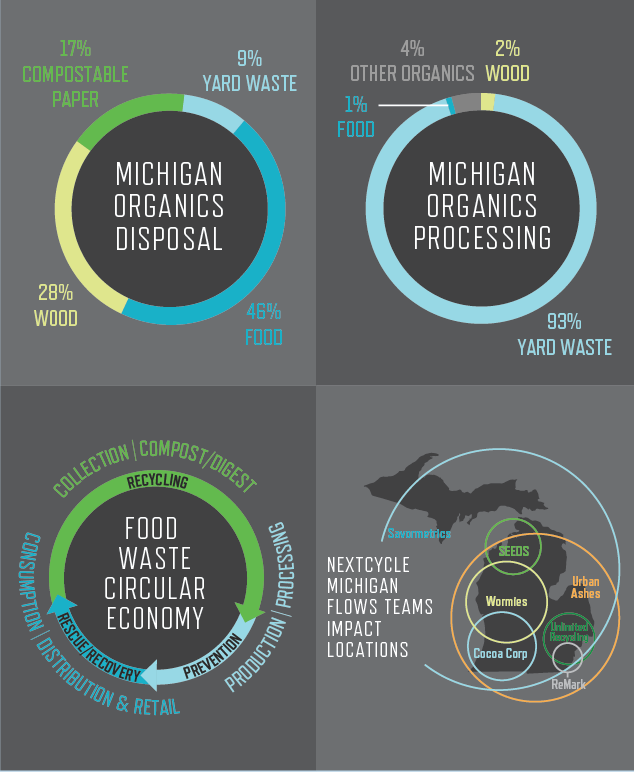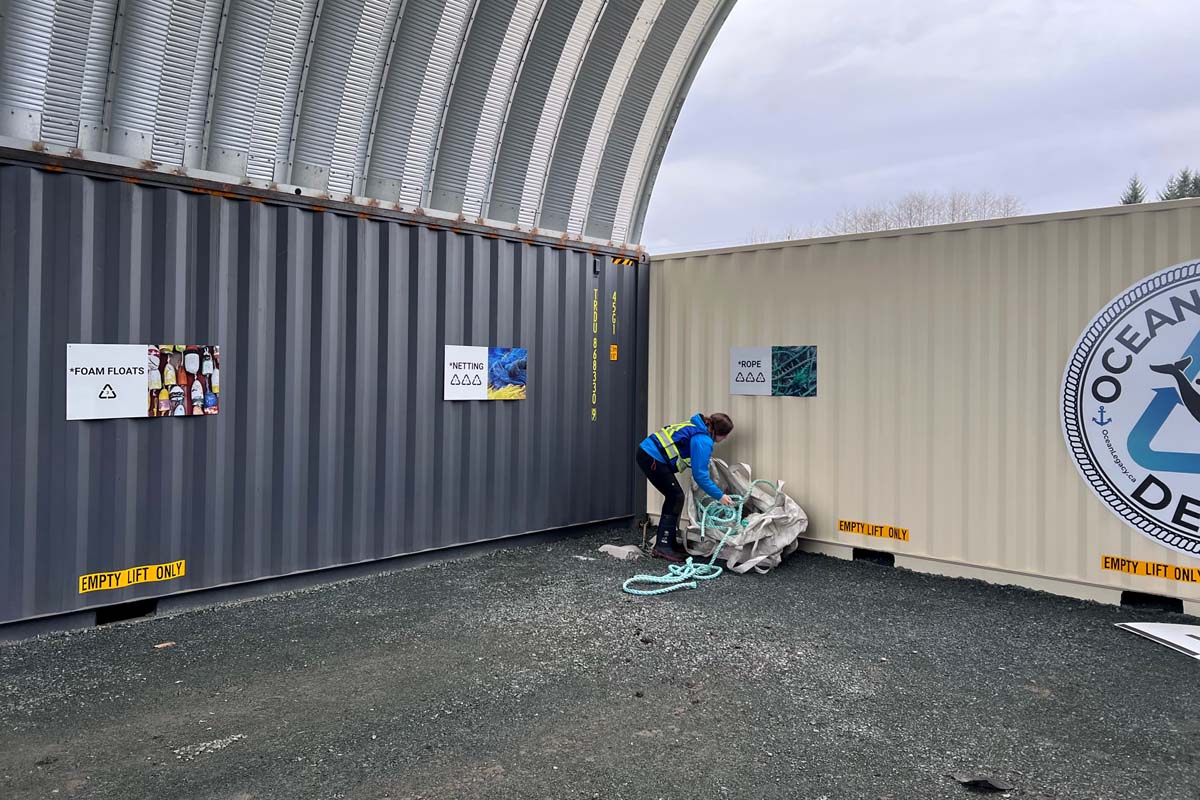While not dead, recycling could reasonably be called “stuck.” Stuck at a recycling rate in the low 30% range, stuck in policies that leave consumers with the bill for their recycling service, stuck with a status quo that is decades old in some cases.
But that’s changing. One big lever that we are just beginning to see used is extended producer responsibility (EPR) legislation.
Going from a much-discussed policy concept with little chance of making it through a state legislature even a half-decade ago to having four states pass laws in the past 18 months, EPR for printed paper and packaging (PPP) policies are gaining momentum around the country.
So much so, we’ll likely see EPR bills introduced in more than a dozen states this year. Why? Because EPR works to increase recycling rates – a policy lever that will help recycling become un-stuck.
Let’s look at how.
Possibility of 75% recycling rate
Research undertaken by The Recycling Partnership demonstrates two clear facts: First, EPR increases recycling rates. Second, EPR doesn’t increase costs to consumers.
The recently released analysis found that EPR can increase overall curbside recycling rates by as much as 48 percentage points relative to current U.S. recycling rates. For most of the states examined, recycling rates under EPR could be as high as 75%, helping to maximize the positive environmental and economic impacts that recycling delivers.

Looking at just three states – Colorado, Maryland and Washington – the combined greenhouse gas savings from enacting EPR would approach 1 million metric tons of CO2 equivalent, and the increased recycling activity could generate several thousand jobs per state, with hundreds of thousands tons of recyclable materials injected back into the circular economy in each.
Additional research undertaken by The Recycling Partnership found claims that EPR would have a significant impact on consumers’ grocery bills are simply not credible.
EPR fees on packaging would be miniscule in comparison to all the other factors that go into determining the cost of goods. In fact, packaging stakeholder costs tied to EPR tend to be far more stable than those that are impacted by inflationary economic pressures, such as labor or transportation.
Importance of wider system design
These clear takeaways come with a big asterisk – both the design and implementation of EPR policies matter. The goal is an improved recycling system for everyone in a given state.
So what does a well-designed system look like?
First, it must bring recycling access to everyone, not just the affluent. It should be built to ensure residents recycle right, it should reduce confusion for residents, and it should create consistent and cleaner streams of recyclables for manufacturing. To get there, an EPR program must include a statewide recycling goal and schedule based on a needs assessment, with clear oversight by the state’s environmental agency.
Another important component is that the policy should empower the companies obligated to pay fees to set up producer responsibility organizations (PROs). The PRO – ideally, only one or a small set of well-coordinated PROs – should be required to develop a recycling system plan regulated by the state environmental agency. This oversight is exactly how effective EPR works around the world.
A multi-stakeholder advisory committee representing a diverse set of stakeholders, including NGOs, haulers, communities and environmental justice interests should be created to inform the process and must be listened to by both the PRO and the regulator. This balance allows for innovation and efficiency by harnessing the private sector’s inherent drive to find efficiencies while ensuring beneficial outcomes to all state residents.
In implementation, the state agency has a key role to play in terms of rulemaking. Look to Oregon’s Department of Environmental Quality’s process in implementing that state’s EPR law to find an excellent example.
The state agency work should complement regular, robust reporting by the PRO. Together, these groups will help deliver the manifold benefits of EPR for the recycling system, people and planet.
Toolkit to help
All of the reports discussed in this article are available in The Recycling Partnership’s State Extended Producer Responsibility Policy Toolkit (available for download here). The resource includes research takeaways and customizable assets to support states considering smart, well-designed EPR to unlock the circular economy for their residents and businesses.
Recycling is a cause worth believing in, and well-designed EPR policy provides the framework materials recovery stakeholders need to make their systems work even better.
A version of this story appeared in Resource Recycling on Feb. 6.
Dylan de Thomas is the vice president of public policy and government affairs at The Recycling Partnership. He can be contacted at [email protected].
The views and opinions expressed are those of the author and do not imply endorsement by Resource Recycling, Inc. If you have a subject you wish to cover in an op-ed, please send a short proposal to [email protected] for consideration.






















